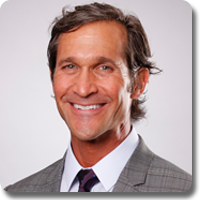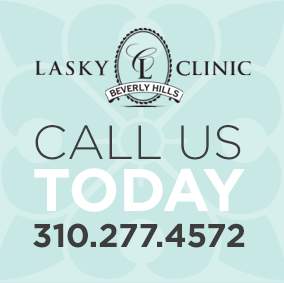Rhinoplasty
Rhinoplasty, also known as a nose job, is one of the most popular procedures today. This plastic surgery procedure is designed to improve the appearance of the nose, and sometimes its functionality. This may involve reducing or increasing the overall size of the nose; narrowing the span of the nostrils; removing a hump; altering the shape of the bridge or the tip; or changing the angle between the upper lip and the nose.
Rhinoplasty often takes place in a surgeon’s office-based facility. Surgery typically takes one to two hours to complete, and general anesthesia or a combination of local anesthesia and sedation may be used.
Primary rhinoplasty refers to someone’s first procedure, whereas revision rhinoplasty refers to a second or subsequent procedure. A closed rhinoplasty is when a surgeon makes incisions solely on the inside of the nose. An open rhinoplasty is when a surgeon makes an additional small incision under the tip of the nose to get a better view of, and better access to, the inside of the nose.
After the incisions are made, the surgeon will separate the skin of the nose from the underlying bone and cartilage, and then sculpt the bone and cartilage to the desired shape. The skin is then re-draped over the new nose, and the incisions are closed.
Pain medication may be prescribed to help control any discomfort that occurs during the first few days after surgery; other medications such as antibiotics or a saline nose spray may be prescribed as well. The splint and stitches are usually removed within about six to seven days after surgery.
Bruising and swelling are common after rhinoplasty. Most of the bruising fades within about 10 days, while the swelling can take months to fully fade. Most patients find that they can return to work within two weeks, though strenuous activities will need to be postponed for about two to three weeks.
Are You a Good Candidate for Rhinoplasty?
If you are physically healthy, realistic in your expectations and interested in improving the appearance and/or function of your nose, you may be good candidate for rhinoplasty. In most cases, it’s best to postpone rhinoplasty until your nose has completed its growth. Growth of the nose tends to be finished by about age 14 for girls, and a bit later for boys.
Benefits
The main goal of rhinoplasty is usually to alter the nose so that it better matches the patient’s ideal. Rhinoplasty may also help to relieve some breathing problems, such as those related to a deviated septum or sleep apnea. In general, rhinoplasty can significantly alter the appearance of your face, so be sure to discuss possible outcomes with your doctor.
The Surgeons









